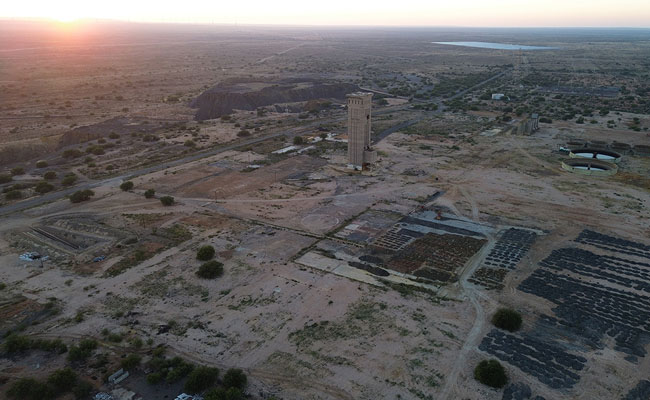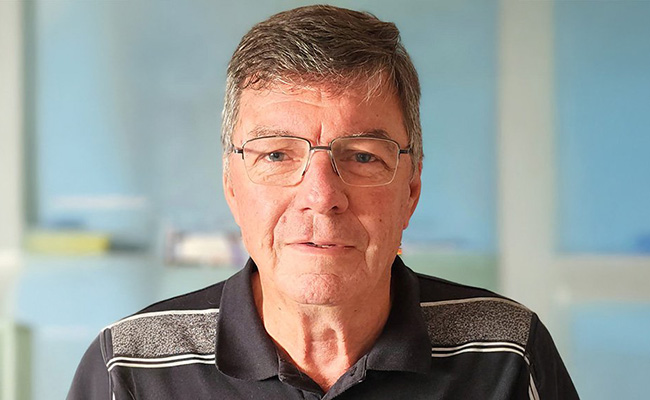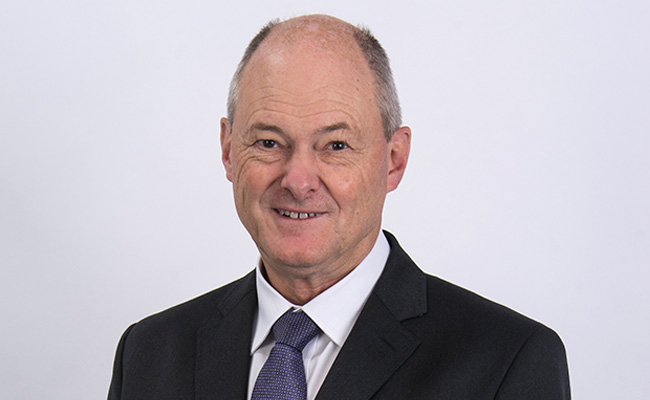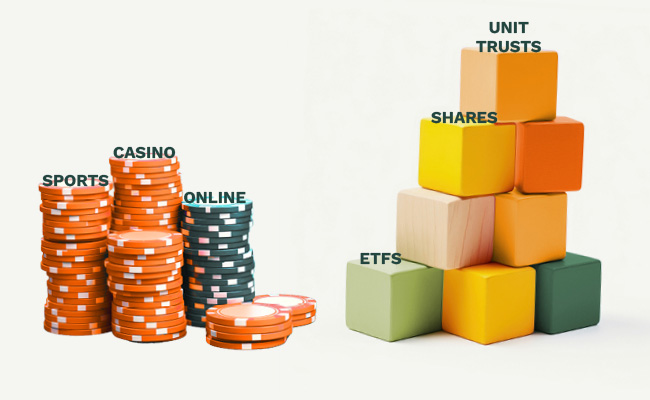Is 2025 the year of the junior JSE miner?
That’s probably a bit of a stretch given the wild variances in share price performances among some of the players year to date: think Southern Palladium gaining 186% in value while Copper 360 has fallen 70%, for example.
Of course, these are companies mining different commodities, with their own specific issues. Still, a couple of new listings, like Shuka Minerals, a renewed discussion on the importance of exploration by the bigger players and government itself at the recent Joburg Indaba, and an incredible run in commodities like gold, may be reigniting interest in anything mining – especially at the small end of the sector.
One such is Orion Minerals. The catalyst for renewed buzz was last month’s announcement of a $250m offtake agreement with mining major Glencore, which will go a long way to financing Orion’s flagship Prieska zinc and copper mine – if the due diligence now under way results in Glencore formally shaking hands.
It’s one reason that Orion went to market recently to raise money via a private placement – and why it was able to scoop up more from backers than originally planned.
“I think it’s because the whole mining sector seems to be aflame at the moment,” says Simon Hudson-Peacock, a long-time mining analyst and director of S2 Research.
“You’ve got gold prices at record highs; in copper there are supply-side shortages across the globe, PGMs [platinum group metals] are all starting to rise as well … so there is renewed interest in the exploration sector, which is normally neglected,” he says.
One of the great deterrents for would-be investors is the sheer thirst for capital among junior miners: the knowledge that firms like Orion – or Copper 360 – will have to go to the market numerous times to get money before any metal is mined, let alone poured.
“Copper 360 came with great fanfare and great expectation and has seriously disappointed, and unfortunately if you get a high-profile explorer or junior like that which does run into difficulties, the sector tends to be painted with the same brush. So people tend to stay away,” says Hudson-Peacock.
Crucially, because people get burnt and stay away, price discovery for the shares of a lot of these junior mine firms tends to be patchy, at best. Ironically, that can also pay off when the wider market is looking up.
“The major producers are generally well-priced and researched, and therefore the valuations are generally quite fair; in the junior sector, being neglected, people start to wonder where they’re going to get their next bit of performance from, and it’s often the junior sector that can really bring some rocket fuel to your portfolio if you get it right,” he says.
No small fry
In the case of Orion, now is the time to strike.
Avishkar Nagaser, head of investor relations, tells Currency that there was “more interest than expected” in its latest private share placement, which is how the company managed to raise R100m (A$8.6m) from investors after initially budgeting for A$5m.
But, he says, “there will have to be another, larger capital raise in time” to fully fund the Prieska project – probably in the second quarter of next year. Asked whether shareholders will again buy in, Orion says yes.
Prieska alone will need about $400m to develop, but once the mine becomes operational, CEO Tony Lennox tells Currency, “I think you’ll see a noticeable re-rating of the organisation and all of the financials around Orion will start to take a more robust position.”
In the case of Southern Palladium, it raised A$20m from a share placement this week. Roger Baxter, the executive chair of the Joburg- and Australia-listed firm told miningmx editor David McKay that the capital will “future proof” the company. It’s putting the money towards a definitive feasibility study for its proposed Bengwenyama PGM project, on the eastern limb of South Africa’s mighty Bushveld Complex.
There’s clearly appetite out there, but you get the sense from analysts like Hudson-Peacock that there should be far more firms on offer to investors willing to brave the exploration sector.
South Africa, he says, “has certainly suffered under [its] mining legislation; uncertainty of security of tenure and a feeling that [it’s] a very difficult country to do business with”.
It’s why the exploration sector has been neglected by those who have money to spend. “They’d rather spend it in other countries. So now when you do get excitement in the sector there’s not an awful lot to choose from,” he says.
“That is a real crying shame because South Africa, being so well endowed with mineral resources, has really missed this cycle in a big way. We should have a whole collection of these juniors, and this is when the money flows in.”
And that’s not to say the junior sector is small fry, either. According to the Minerals Council, in 2022 junior miners generated R88bn in revenue, up from R54bn in 2018.
“While some of this increase can be attributed to inflation, proportionally the junior sector output increased more than that of the overall mining industry during this period,” said the council.
Sweet spot
Orion, for one, finally finds itself in a sweet spot after a few frustrating years in the wilderness. The company is fully permitted and has a bankable feasibility study. And, if the Glencore agreement goes ahead, its Prieska mine, which was shuttered in the early 1990s by then owner Anglovaal, will likely be producing copper by December next year.
It’s hardly been plain sailing for the company; Orion initiated a secondary listing on the JSE back in 2017; in 2020 the company was hoping to produce copper by 2024.
But delays in raising capital and unkind markets – until now – had made it tough to raise money. Its powerhouse, CEO Errol Smart, then quit unexpectedly this April. He said there’d been no bust-up; rather he wanted to move onto a new, new project.
“Junior mining development and exploration is different to going into production and, to be honest, I am not interested in the daily grind of production,” he told miningmx’s McKay.
Hudson-Peacock points out that commodity cycles are generally seven to eight years – and the lifecycle for juniors is generally two cycles from the germ of an idea to sinking a shaft.
“You can be clever and have an amazing project but if the market doesn’t feel like it’s the right time then you’ve got to sit with it in your back pocket until things change,” he says.
The one risk is that the Glencore offtake deal doesn’t go ahead, but Hudson-Peacock believes that’s unlikely given what he sees as the mine’s low geological risk and a better financial position.
“Everything I’ve seen about this project suggests it’s a go,” he says.
Glencore isn’t exactly known for its gossamer ways; asked whether the miner is playing hardball in its offtake due-diligence, Lennox says: “The terms with Glencore are quite acceptable. So they’re not overly concerning; they have their nuances, but [we’re] more than happy to sign up and to see them move into a binding agreement.”
Sign up to Currency’s weekly newsletters to receive your own bulletin of weekday news and weekend treats. Register here.














